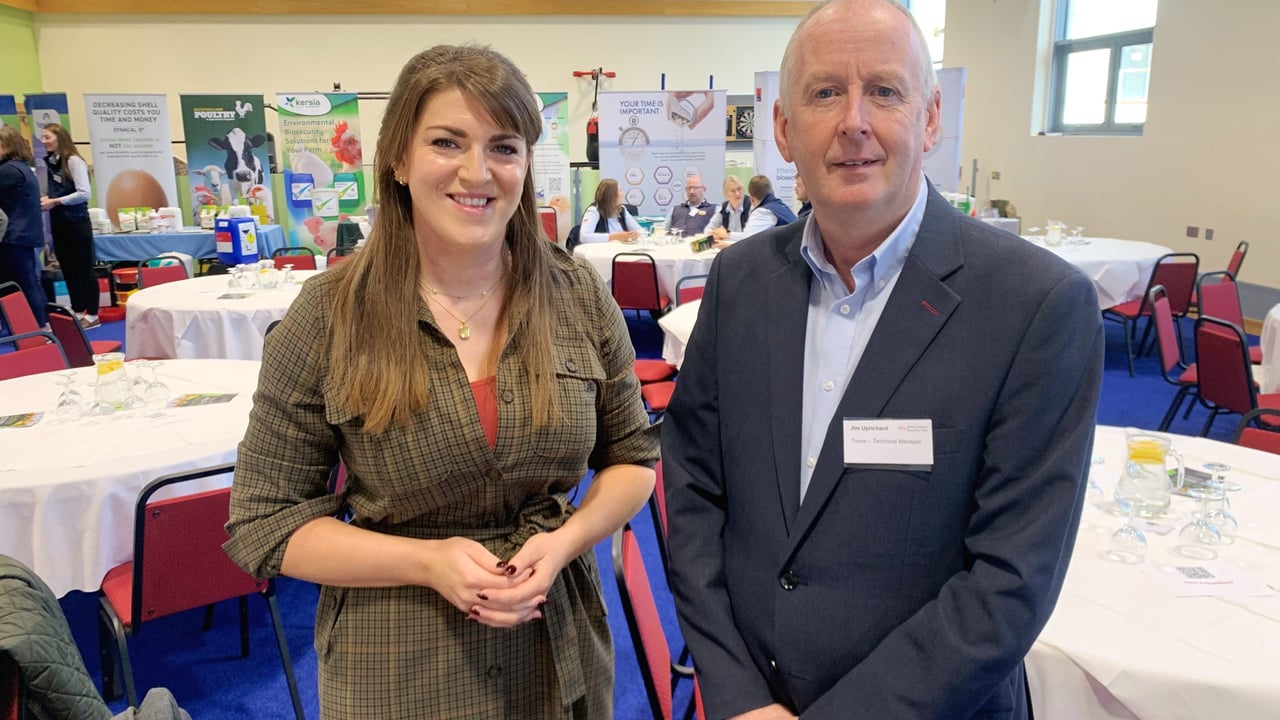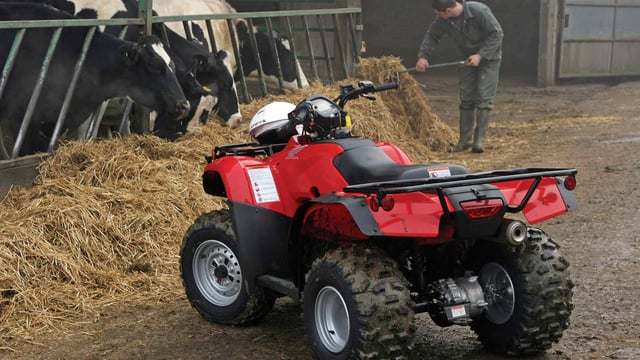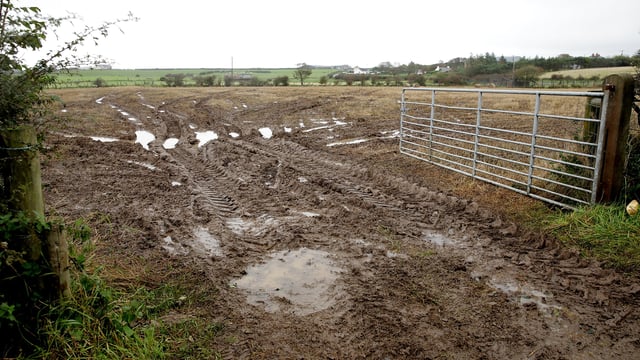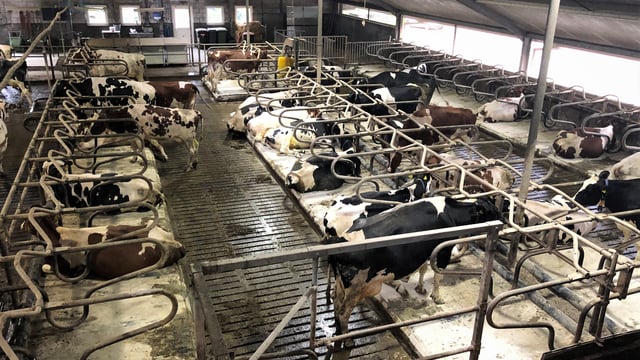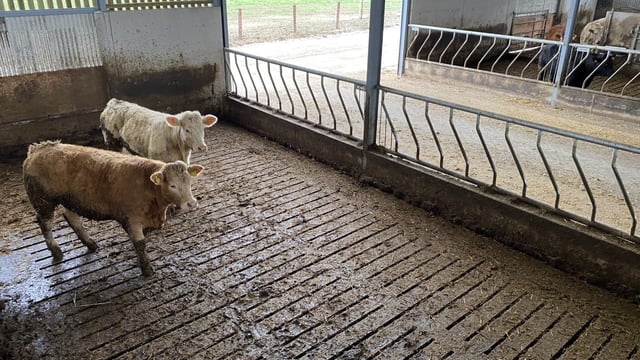EUDR could lead to more alternative protein sources in poultry diets - expert
The period ahead may well see the inclusion of alternative protein sources - both insect and grass-based options - in poultry diets throughout Europe.
Up to now, small amounts of grass meal have been used in layer diets to deepen the colour of egg yolks.
However, according to Trouw Nutrition sustainability manager, Jim Uprichard, future restrictions of the use of soya grown in South America will force a re-assessment of the protein options that can be included in poultry rations.
He made the comments at the recent 2025 Poultry Industry Education Trust, held at Loughry College in Co. Tyrone.
Driving a re-assessment of South American soya in European animal rations will be the soon-to-be-introduced European Union Deforestation Directive (EUDR).
This is EU legislation that prohibits the import and sale of certain commodities linked to deforestation and forest degradation.
These commodities include coffee, cocoa, soy, palm oil, rubber, cattle, and wood, and their derivatives, meaning companies must prove their products are deforestation-free before they can be sold in the EU.
Uprichard said: “We have had a number of false dawns, where EUDR is concerned.
"However, it is now almost certain that the directive will become reality in the near future.”
The Trouw Nutrition representative went on to confirm the significance of the factors enshrined within the principle of Life Cycle Assessment (LCA).
This is inherently linked with the drivers used in the calculation of carbon footprint determinations for individual farming businesses.
"In addition, Northern Ireland has committed to secure a net carbon zero position by 2050," he said.
“Land use change is a key factor in determining an LCA.
“And this is why the introduction of EUDR and the issue of soya being produced in newly de-forested rain forest are so important.”
Currently 80% of the greenhouse gas emissions associated with poultry production enterprises are attributed to feed inputs. The remaining 20% are linked to on-farm management practices.
According to Uprichard, while there is little feed compounders across the island can do to reduce the sector's emissions, further improvements can be achieved by compounding efficiency.
However, he said these achievements will be relatively minor, due to the fact that Ireland’s poultry sector will remain so heavily dependent on imported grains and protein sources.
Uprichard pointed to the issue of land use change, highlighting that how this term is defined in the future will be a key factor in the sustainability debate that takes place within the poultry sector, and production agriculture as a whole.

